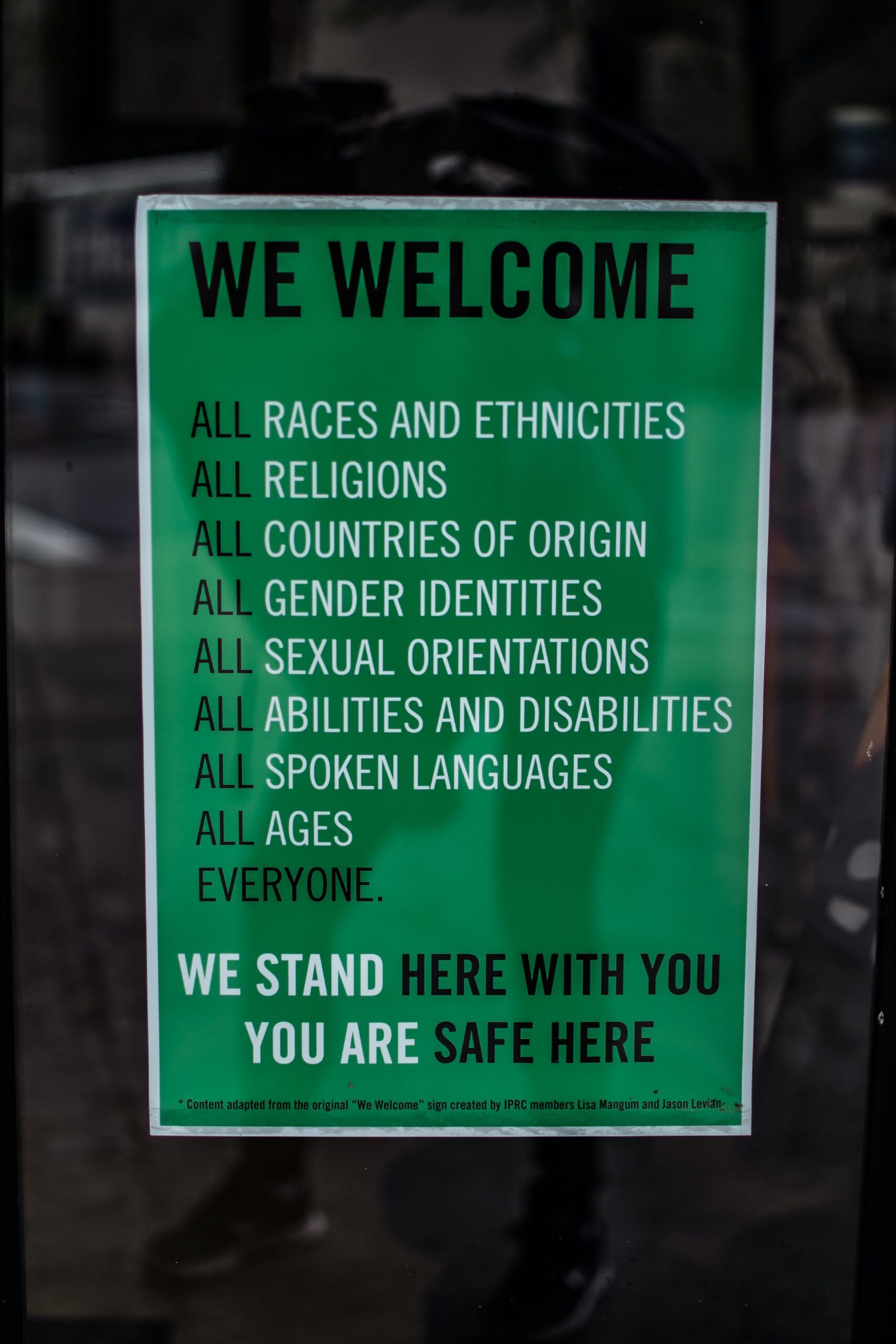How to Write a B2B eBook that Generates Leads.
How to Write a B2B eBook that Generates Leads
In recent years, eBooks have experienced a resurgence in popularity, particularly due to their effectiveness in generating leads, especially on platforms like LinkedIn. If you’re unfamiliar with eBooks and their potential for attracting interest in your business, this guide will provide you with valuable insights on what they are and how to write compelling eBooks that capture the attention of your B2B audience.
Understanding eBooks
To start, let’s clarify what an eBook actually is. An eBook is a digital publication that provides valuable content to readers in a longer, more in-depth format than a typical blog post or article. It offers valuable insights, knowledge, and solutions to a specific topic or problem. Unlike printed books, eBooks are distributed electronically and can be easily accessed and shared on various devices. Besides that, eBooks are much more sustainable and eco-friendly in both their usage and production. And if you haven’t realised already, they are great when it comes to growing your business, branding, and helping you attract interest – and attain customers.
Differentiating between eBooks and whitepapers?
One common question that arises is the difference between an eBook and a whitepaper. While both are valuable resources, they have distinct characteristics. A whitepaper is a detailed report that addresses a specific problem or presents a solution to a complex issue. It often includes statistical data, analysis, and technical information. On the other hand, an eBook is typically less formal and more conversational, designed to engage readers in a narrative-style format. It will quite literally feel more like a novel than an informational magazine, which is the purpose of it. It focuses on educating and entertaining the audience while providing actionable insights.
The power of lead magnets
Lead magnets are resources or incentives offered to potential customers in exchange for their contact information. They play a crucial role in lead generation strategies, attracting prospects, and nurturing them into qualified leads. EBooks make excellent lead magnets due to their comprehensive and informative nature. By offering valuable content in the form of an eBook, you can entice potential customers to provide their contact details, effectively expanding your lead database.
The popularity of eBooks for B2B audiences
eBooks have gained significant popularity among B2B audiences for several reasons. Firstly, B2B buyers are often seeking in-depth knowledge and insights to help them make informed decisions. EBooks provide the opportunity to present complex topics, industry trends, or solutions in a detailed and accessible manner. They are great for explaining difficult techy things in a simple and understandable way. Additionally, eBooks allow businesses to establish themselves as thought leaders and industry experts, enhancing their credibility and attracting potential customers.
The rise of eBook lead generation on LinkedIn
LinkedIn has emerged as a powerful platform for B2B lead generation, and eBooks play a vital role in this landscape. By leveraging LinkedIn’s targeting capabilities and professional user base, businesses can effectively promote their eBooks to a highly relevant audience. LinkedIn offers various advertising options, including sponsored content and sponsored InMail. This means businesses can reach their target audiences directly – and capture leads efficiently.
Key components of a successful eBook
To create an eBook that generates leads effectively, certain key components should be considered:
Compelling title: A captivating and relevant title grabs the reader’s attention and entices them to learn more about the content.
Well-researched content: Thorough research is essential to ensure the accuracy and credibility of the information provided. Incorporate industry data, case studies, expert opinions, and practical examples to support your arguments.
Engaging writing style: Write in a conversational and engaging tone to keep the reader hooked throughout the eBook. Avoid jargon and complex language that may alienate your audience.
Clear structure and organisation: Divide your eBook into sections or chapters with clear headings and subheadings. This enhances readability and enables readers to navigate the content more easily.
Visual appeal: Incorporate visually appealing elements – such as images, infographics, and charts to break up the text and make the content easier to comprehend.
Actionable takeaways: Provide practical, actionable advice or tips that readers can implement immediately. This adds value to the eBook and positions your business as a trusted resource.
Call-to-action (CTA): Include a clear and persuasive CTA at the end of the eBook to encourage readers to take the desired action, such as subscribing to a newsletter, or contacting your team.
Professional design: Invest in professional design to create an aesthetically appealing eBook that reflects your brand identity. A well-designed eBook enhances credibility and increases the likelihood of lead conversion.
Promotional strategy: Develop a comprehensive promotion plan to ensure your eBook reaches the right audience. Use various channels – such as your website, blog, email marketing, social media, and targeted advertising – to maximise exposure and lead generation.
Optimise for lead capture: Implement lead capture forms or landing pages to collect contact information from readers who wish to access the eBook. Keep the form simple and only ask for essential details – for more conversion rates.
By incorporating these key components into your eBook, you can create a valuable resource that not only attracts attention but also generates qualified leads for your business.
In summary, eBooks have proven to be an effective tool for lead generation in the B2B space. By understanding what eBooks are, how they differ from whitepapers, and why they are popular among B2B audiences, you can leverage their power to attract and engage potential customers. Remember to focus on the key components of a successful eBook and implement a comprehensive promotional strategy to maximise lead generation and drive business growth.
Before you go, be sure to check out our collective of eBook writers here.
If you have any questions, visit our website and do get in touch: hello@thepowerofwords.co.uk









